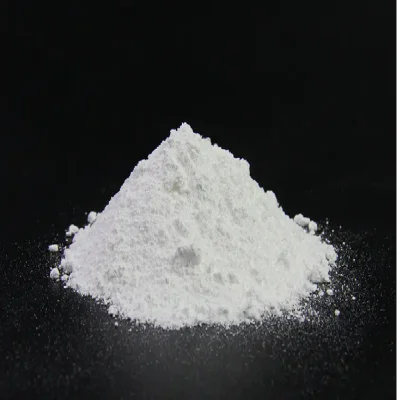Chemical factories employ a wide range of measures to ensure worker safety, addressing both immediate risks and long-term health concerns. Here are the key strategies and protocols they use:
1. Comprehensive Training Programs
Chemical factories provide extensive training for all employees to ensure they understand the hazards associated with chemicals and the proper handling procedures. This includes:
- Hazard Communication Training: Workers are educated on reading and understanding Safety Data Sheets (SDS) and chemical labels.
- Emergency Response Training: Employees are trained on what to do in case of chemical spills, fires, or other emergencies.
- Regular Refresher Courses: Ongoing training helps reinforce safety practices and keeps workers updated on new procedures.
2. Use of Personal Protective Equipment (PPE)
Workers are required to wear appropriate PPE, such as:
- Gloves, Goggles, and Face Shields: To protect against chemical splashes and inhalation of toxic fumes.
- Respiratory Protection: In areas where there is a risk of inhaling hazardous substances.
3. Process Safety Management
Factories implement strict process safety management protocols to prevent accidents:
- Risk Assessment: Identifying high-risk areas and conducting impact analyses to understand potential consequences of chemical spills or leaks.
- Leak Detection Systems: Installing sensors and automatic warning systems to detect leaks early.
- Emergency Response Plans: Detailed plans for evacuation and handling minor emergencies, including wind direction indicators for outdoor processes.
4. Chemical Management
- Proper Storage: Chemicals are stored according to their compatibility to prevent dangerous reactions.
- Clear Labeling: All chemicals are accurately labeled, and SDS are kept accessible for every chemical in the facility.
- Ventilation Systems: Effective ventilation to minimize chemical vapors in the air.
5. Regular Maintenance and Inspection
- Equipment Maintenance: Regular checks and maintenance of machinery to prevent malfunctions that could lead to accidents.
- Inspection of Safety Systems: Ensuring that safety systems like fire extinguishers, spill containment kits, and emergency shutoffs are functional.
6. Environmental and Health Regulations
Chemical factories comply with various regulations to protect workers and the environment:
- OSHA Standards: Adhering to OSHA’s Hazard Communication Standard and Process Safety Management regulations.
- EPA Regulations: Following environmental protection guidelines to prevent chemical spills and emissions.
- GHS Compliance: Using the Globally Harmonized System for chemical classification and labeling to ensure consistency.
7. Incident Reporting and Analysis
Encouraging a culture of transparent incident reporting helps identify and address potential hazards:
- Near Miss Reporting: Workers are encouraged to report near misses to prevent future incidents.
- Root Cause Analysis: Investigating incidents to understand underlying causes and improve safety measures.
8. Safety Management Systems (SMS)
Implementing comprehensive SMS frameworks, such as ISO 45001, to systematically manage safety risks and improve overall safety performance.
9. Fall and Slip Prevention
- Anti-Slip Products: Using anti-slip treads and coatings in areas where chemicals are present.
- Safety Cages and Handrails: Installing safety cages and handrails to prevent falls from elevated surfaces.
By combining these measures, chemical factories create a safer working environment, reducing the risk of accidents and long-term health issues for workers.







